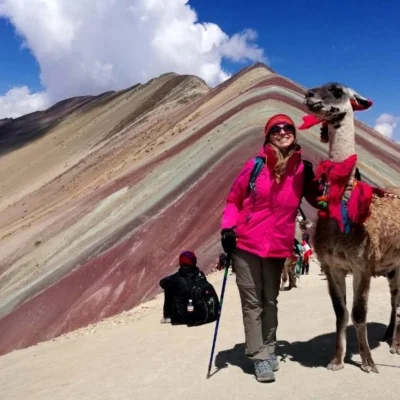Embarking on a journey through the Andes to the fabled city of Machu Picchu is a dream for many travelers. Two of the most popular routes to this ancient wonder are the Lares Trek and the Inca Trail. Both offer unique experiences and challenges, but which one is right for you? Let’s delve into a detailed comparison of the Lares Trek and the Inca Trail, so you can decide which path will lead you to your unforgettable adventure.
The Lares Trek, lesser-known yet equally captivating, provides a unique glimpse into the heart of the Peruvian Andes. Let’s explore the highlights, demographics, and logistics that define this fascinating journey.
The Lares Trek is a lesser-known alternative to the more famous Inca Trail, and it offers a unique perspective on the Peruvian Andes. Starting near the town of Lares, this trek takes you through remote Andean villages, allowing you to experience the traditional culture of the Quechua people firsthand.
Overview of Machu Picchu
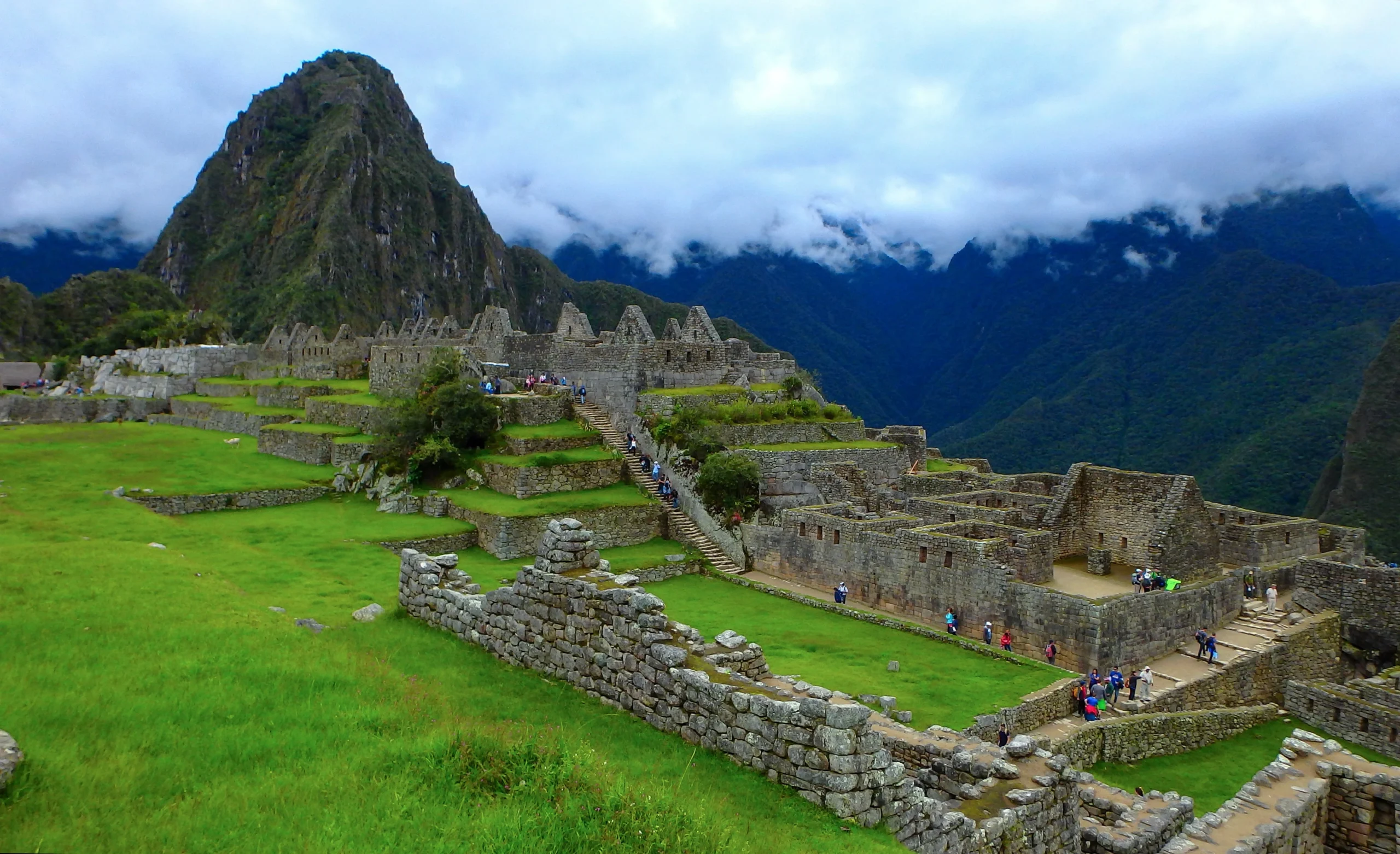
You’ll traverse stunning landscapes, including rolling valleys, snow-capped peaks, and serene lakes. The journey’s solitude is a notable advantage, allowing trekkers to connect deeply with the natural surroundings without the distraction of large crowds. This trek is less crowded, offering a more intimate experience with nature and local culture. Unlike the Inca Trail, the Lares Trek doesn’t end directly at Machu Picchu. Instead, it typically concludes in Ollantaytambo, from where travelers take a train to Aguas Calientes and finally reach Machu Picchu.
A highlight of the Lares Trek is its focus on cultural immersion. As you traverse through traditional villages, you’ll have the opportunity to engage with the Quechua people, witnessing their age-old customs and daily routines. This trek is more than just a physical journey; it’s a chance to learn about the unique Andean way of life, from traditional weaving techniques to local cuisine. Many trekkers find that these cultural exchanges enrich their journey, providing a deeper understanding of the region’s history and traditions.
One of the Lares Trek’s significant advantages is its logistical simplicity. Unlike the Inca Trail, which requires permits and strict planning, the Lares Trek offers greater flexibility. This makes it an ideal choice for travelers who prefer spontaneous trips or those who decide to embark on their adventure last minute. Additionally, the absence of permit restrictions means that you can plan your trek without the pressure of securing a spot months in advance.
Overview of Machu Picchu
The Lares Trek is ideal for travelers seeking a quieter, more culturally immersive journey. It’s perfect for those who wish to interact with local communities, capture breathtaking landscapes, and avoid the crowds often found on the Inca Trail. Photographers and cultural enthusiasts will find the Lares Trek particularly rewarding.
For adventure seekers who relish solitude and the chance to connect intimately with nature, the Lares Trek is an excellent choice. The route offers plenty of opportunities for reflection, as you navigate through serene landscapes and remote pathways. The trek’s peaceful environment allows for a personal journey, where hikers can immerse themselves in the beauty of the Andes without the distractions of bustling crowds.
Cultural Immersion with the Quechua People
Cultural enthusiasts and photographers will find the Lares Trek particularly rewarding. The trek provides an authentic glimpse into the lives of the Quechua people, where you can capture stunning portraits and candid moments in traditional settings. The picturesque landscapes, combined with the vibrant cultural encounters, offer endless photographic opportunities. Whether you’re documenting the intricate details of traditional textiles or the grandeur of the Andean vistas, this trek is a visual feast.
Travelers who value authentic experiences over well-trodden paths will appreciate the Lares Trek’s unique offerings. This journey is about more than reaching a destination; it’s about embracing the journey itself, with all its cultural richness and natural beauty. If you’re someone who prefers meaningful interactions and genuine connections over ticking off a tourist checklist, the Lares Trek will resonate with you on many levels.
Inca Trail: Exploring the Classic Route
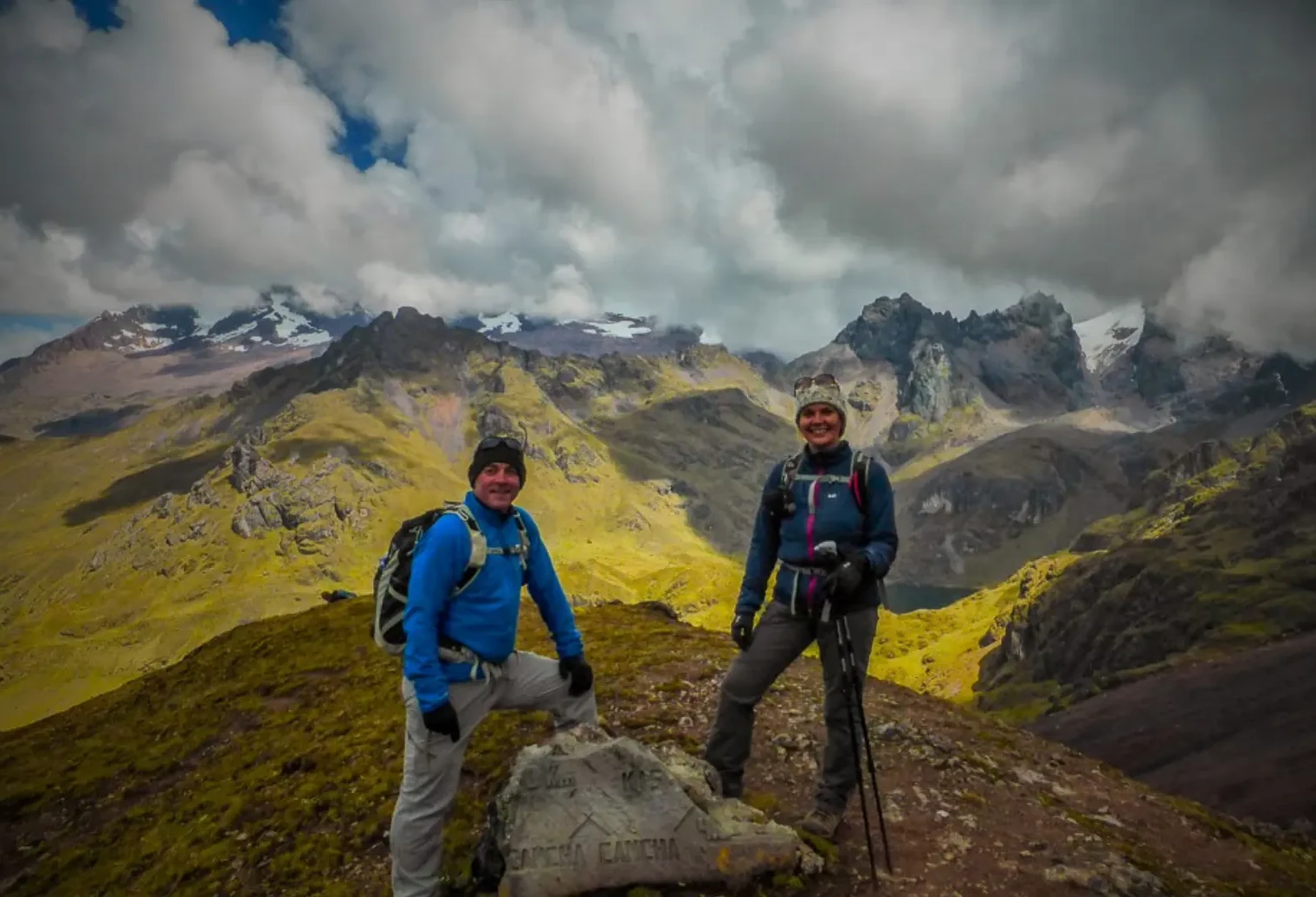
The Inca Trail, famed for its historical significance and breathtaking vistas, offers a different kind of adventure. Delve into the details of this iconic trek, from its route to the type of traveler it attracts.
The Inca Trail is the quintessential trek to Machu Picchu, renowned for its historical significance and stunning beauty. This classic route follows ancient paths used by the Incas, leading trekkers through diverse ecosystems ranging from cloud forests to alpine tundra. The trail culminates at the Sun Gate “inti punku”, where trekkers can witness their first awe-inspiring view of Machu Picchu at sunrise.
The journey takes approximately four days and is filled with archaeological wonders, including ancient ruins and terraces. Each step along the trail is steeped in history, offering glimpses into the architectural prowess and spiritual life of the Inca civilization. Due to its popularity, permits for the Inca Trail are limited and must be booked well in advance.
Key Comparisons: Lares Trek vs. Inca Trail
The Inca Trail is a journey through time, allowing trekkers to walk in the footsteps of the ancient Incas. The trail is dotted with archaeological sites, each telling a story of the past. From the intricate stonework of Llactapata to the ceremonial baths of Wiñay Wayna, the route is an open-air museum of Incan heritage. The sense of history is palpable, as each ruin reveals insights into the sophisticated culture and spiritual beliefs of the Inca Empire.
The trail’s ecological diversity is another highlight, as it traverses a range of biomes from lush cloud forests to stark alpine landscapes. This variety offers trekkers a rich tapestry of flora and fauna, with opportunities to spot unique species along the way. The trail’s scenic beauty is unparalleled, with each turn revealing new vistas, from mist-covered mountains to verdant valleys. This blend of nature and history creates a truly immersive experience for all who tread its path.
Planning for the Inca Trail requires foresight, as permits are limited to 500 per day, including guides and porters. These permits often sell out months in advance, necessitating early booking. This aspect of the trail adds a layer of exclusivity, making the journey even more special for those who secure their spot. While the planning might seem daunting, the reward is an unforgettable trek along one of the world’s most iconic trails.
Accessibility and Flexibility
The Inca Trail is perfect for history buffs and those who wish to walk in the footsteps of the ancient Incas. It offers a unique blend of natural beauty and archaeological intrigue. If you don’t mind planning ahead and securing permits, the Inca Trail provides a once-in-a-lifetime experience, culminating in a dramatic entrance to Machu Picchu.
For those fascinated by history and archaeology, the Inca Trail is a dream come true. The journey offers a chance to delve deep into the Inca civilization, exploring ruins and relics that have stood the test of time. History enthusiasts will find joy in unraveling the stories behind each stone and understanding the cultural significance of the sites along the trail.
Nature Lovers
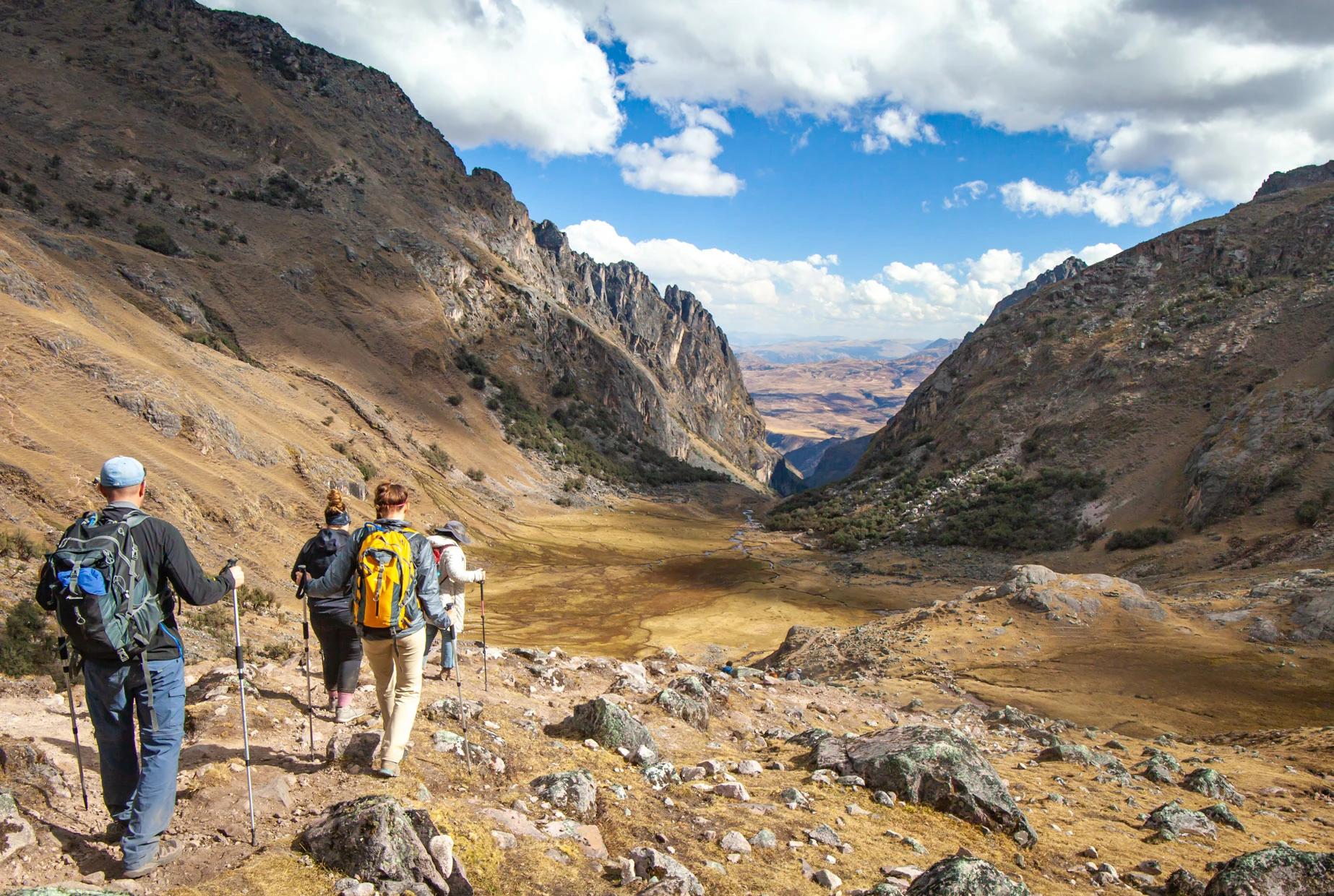
Nature lovers will appreciate the Inca Trail’s diverse ecosystems and breathtaking scenery. The trail’s blend of natural wonders and historical sites creates a unique adventure that captivates both the eyes and the spirit. Whether it’s witnessing the sunrise over Machu Picchu or trekking through lush forests, the Inca Trail offers a feast for the senses.
The Inca Trail suits those who enjoy meticulous planning and the satisfaction of securing a coveted spot. The need for permits and advance booking appeals to organized travelers who relish the challenge of preparing for an epic journey. For those willing to put in the effort, the Inca Trail promises a rewarding experience that culminates in one of the world’s most iconic destinations.
While both treks lead to the enchanting Machu Picchu, they offer distinct experiences. Let’s explore the key differences in accessibility, cultural interaction, scenic variety, and more.
Differences Between
One of the significant differences between the two treks is accessibility. The Inca Trail requires permits, which are limited to 500 per day (including guides and porters) and often sell out months in advance. This restriction necessitates early planning and commitment. In contrast, the Lares Trek doesn’t require permits, making it a flexible option for those who prefer spontaneous travel plans. This freedom allows travelers to adapt their itinerary as they wish, without the pressure of securing a permit.
While both treks offer cultural insights, the Lares Trek provides more opportunities to engage with local communities. Travelers can visit remote villages and witness the daily lives of the Quechua people, offering a richer cultural immersion compared to the Inca Trail. This aspect of the Lares Trek appeals to those seeking meaningful interactions and an understanding of traditional Andean lifestyles. The Inca Trail, while historically rich, offers less direct engagement with contemporary local culture.
Scenic Variety and Natural Beauty
Both treks boast stunning landscapes, but they differ in their scenic variety. The Inca Trail is known for its diverse ecosystems and well-preserved ruins along the route. Hikers experience a range of environments, from cloud forests to open mountain passes. Meanwhile, the Lares Trek offers a more pastoral landscape with picturesque valleys and mountain vistas. This trek is characterized by its tranquil beauty and the serenity of its remote settings.
The Inca Trail is famous but crowded, especially during peak trekking seasons. This popularity means that trekkers often share the path with others, which can detract from the sense of solitude. The Lares Trek, on the other hand, is a quieter route, offering solitude and a chance to connect with nature without the hustle and bustle of large trekking groups. For those who value peace and reflection, the Lares Trek provides a more solitary experience.
Trekker Experience: Crowds vs. Solitude
Choosing between the Lares Trek and the Inca Trail depends on various factors, including your interests, physical preparedness, and travel preferences. Let’s explore these considerations in detail.
Consider what you want from your trek. If you’re intrigued by history and eager to explore ancient ruins, the Inca Trail might be your calling. The trail’s historical significance and archaeological sites will captivate those with a passion for the past. However, if cultural interactions and serene landscapes are your priority, the Lares Trek offers a unique and rewarding experience. This trek is about immersing yourself in the present and connecting with local communities.
Both treks are physically demanding and require a good level of fitness. However, the Inca Trail can be more challenging due to its steep ascents and descents. The route’s elevation changes and uneven terrain test the stamina of even seasoned hikers. The Lares Trek, while still demanding, offers a slightly gentler terrain. Its gradual inclines make it more accessible to those who prefer a less strenuous challenge. Regardless of your choice, preparing physically is essential for a successful trek.
Ideal Travelers for the Lares Trek
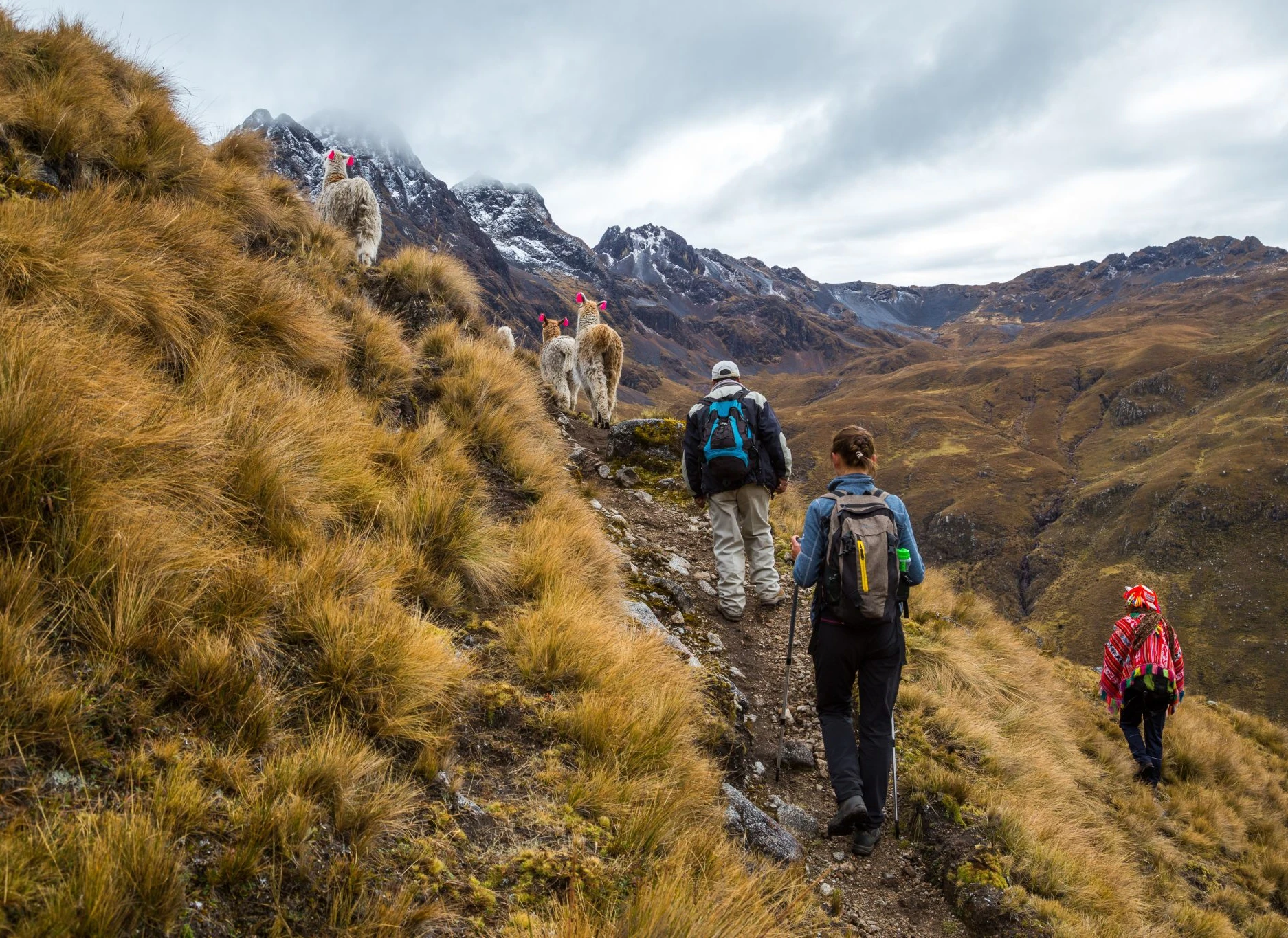
If you prefer flexibility in your travel plans or didn’t secure an Inca Trail permit in time, the Lares Trek is an excellent alternative. The lack of permit requirements allows for more spontaneous travel arrangements. This flexibility is perfect for those who enjoy last-minute adventures or wish to avoid the constraints of pre-booked itineraries. On the other hand, those who enjoy the process of planning and securing permits will find the Inca Trail’s structure appealing.
Conclusion: Making Your Decision
In the debate of Lares Trek vs. Inca Trail, there is no one-size-fits-all answer. Both treks offer unique experiences that cater to different interests and travel styles. Whether you choose the cultural immersion of the Lares Trek or the historical allure of the Inca Trail, you’re guaranteed an unforgettable journey through the majestic Andes to the Lost City,.
Ultimately, your choice will depend on your personal preferences, fitness level, and travel goals. Consider what aspects of the trek resonate most with you, and choose the path that aligns with your vision of an ideal adventure. Either way, you’re in for an adventure that promises breathtaking landscapes, rich cultural encounters, and memories to last a lifetime.
Embark on your journey with confidence and embrace the magic of Peru’s ancient paths. Safe travels!













